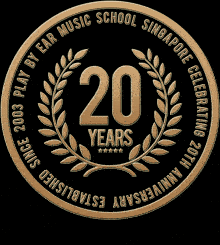How to choose a Digital Piano?
So how exactly do you choose a digital piano? Digital pianos are increasing in popularity. Technology has improved, and piano sounds are getting more and more realistic. Best of all, all digital pianos can be volume controlled and be used with headphones. There are many manufacturers today, so what are the differences between the different manufacturers? Everyone wants a digital piano that is close to a real piano. Basically, the more money you are willing to pay, the closer it gets. Every dollar you are paying for in a digital piano goes to these 5 important aspects
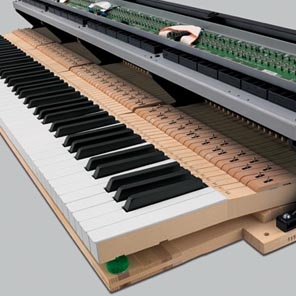
Keyboard touch 'or feel'
Generally the heavier it is, the better it is, to an extend. How the keys bounce back after you strike also makes a lot of difference. On a real piano, the keys are made of wood, together with wooden hammers. Most entry level digital pianos today have keys that are made of plastic with metal springs to simulate the hammering action. For the higher end Yamaha Clavinovas, such as the CLP 645 and above, features wooden keys with irovy finishes. In the picture here is the CASIO GP310, which uses not only wooden keys, but real hammers that is similar to real pianos.
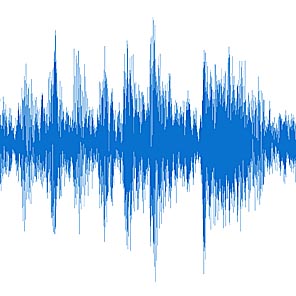
Sampling synthesis
In layman terms, the engine of the digital piano. It determines how the piano sounds. To make a digital piano, the manufacturer records bits and sections of a real grand piano and assign these waveforms into every of the 88 piano keys. These waveforms also include different timbre produced when the key is strike at different velocity (.e.g soft or hard). Most of the entry level Digital Pianos have 3 levels of sampling, which means everytime you strike a key, it will trigger either one of the 3 piano waveforms. Some of the higher end CLP series have up to 4 sampling levels.
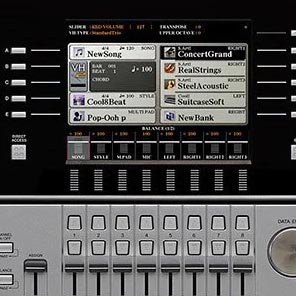
Functions
A bread and butter Digital Piano such as a Casio PX-S1000 or a Yamaha P125 has ‘no functions’. Meaning, you basically pay for only good piano sounds and a good key-bed. Nonetheless, it still has basic functions such as transpose, change of other instruments such as organ, strings or E Piano. Digital Pianos ‘with functions’ are models such as the Yamaha CVP series, the DGX series, the CASIO PX 560 and the CASIO CDPS350. Functions include having 1000 over instruments/sounds, drum rhythms, sound editing , internal recording functions, pitch bender, modulation wheel, etc.
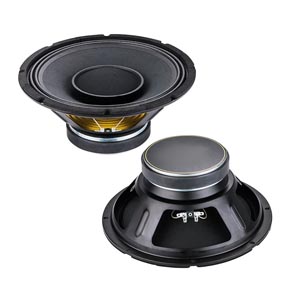
Amplifier and Speakers
A powerful amp with larger speakers will sound much better even at low volumes. So you have to bear in mind whenever you choose a model that is very compact and slim, you will compromise on the sound speaker system, because the speaker cone will likely be small in size (usually oval in shape). Usually cabinet pianos (.e.g the CASIO AP series or Yamaha Clavinova series) sound the best because they have space for bigger speaker cones and also the frame of the speaker is made of wood. But if you are always using headphones for monitoring, the amplifier and speakers serve no purpose.
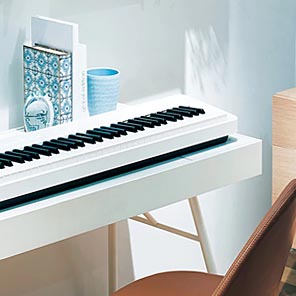
Overall design
Finally, you need to find something that looks good to you as well. Some Digital Pianos come with touch screen functions while others have glossy and premium wooden finishes. Today, most people are going for ‘compact’ Digital Pianos to save space. But bear in mind, the length of every Digital Piano is about the same “around 1.4-5 meters”. So its only the width of the piano you are saving, which is only between 5-20 cm. Other considerations such as choosing an odd color for your Piano. If you decide to go with white, you might want to get a matching white piano bench.
Each digital piano scores well in certain aspects only. For example, the Yamaha CVP 701 has many functions but loses on its keyboard touch as compared to Yamaha CLP 675. The CASIO PX-s1000 has stunning slim design and build but loses on its functions. The Yamaha CVP 709 has every aspect but you pay a price for it. Thus, it boils down to your budget, and what you really want from a Digital Piano. It doesn’t quite matter even if you are a beginner because an expensive Digital Piano still benefits.
From our many years of digital piano experience, we can guide you.
1) Do you really need the additional functions?
If you are unsure because you are a beginner, you should go without it. However if you like to have your Digital Piano to be versatile and be able to do many things, you can consider the CASIO CDP S350. If you are able to pay the high side, (above SG$3k) you should consider the Yamaha CVP 701 or Roland models. Do consider that all Digital Pianos should have other basic sounds like Electronic Piano, Strings, Organ, etc. And most Digital pianos have a built-in metronome and even a simple 1or2 track recording function. If you require to connect your Digital Piano to a computer, look for models with a USB port. Technically all Digital Pianos can be connected via MIDI port, but a MIDI to USB interface cable can be expensive (about $100) compared to a $10 USB cable.
2) Are you looking for a very budget Digital Piano?
If so, consider the CASIO CDP S150 or YAMAHA P125. The CDP S100 is the cheapest, and has better keyboard action as compared to P125 in our opinion. Yamaha digital pianos generally produces mellow tones whereas CASIO sounds are brighter. All of these models are between $700 – $1.1k
3) Is space a constraint for you?
If so, consider the CASIO PX series, Roland F series or the YAMAHA P series. Do take note that every Digital Piano is portable in a way. The piano can be detached from the stand easily. However the bigger cabinet pianos like the Yamaha CLP and CVP series will be more troublesome to disassemble.
4) Are you concern about dust and do you really need a piano cover?
If so, consider the Yamaha YDP or CLP series. It has a very nice cover, and the prices are affordable. Nice piano sounds and weighted action. If dust is a concern for you, simply get a Digital piano dust cover. Most of which in the market are OEM, so please see the actual product before you purchase. They don’t look very nice in our opinions.
5) Do you still need us to recommend?
Most important of all, you have to like the Digital Piano. Even if you like it because of its looks, it is still a valid factor. Bear in mind you will technically pay a little more for Yamaha for the brand. Casio is always well known for value, and unlike in the past, CASIO has moved on, no longer just a calculator manufacturer. Roland and Kawai are slightly more expensive, especially in Singapore (For some reasons) but they are good makes. If money is not a problem, consider the latest Viscount series (made in Italy).
In summary
We cannot recommend just one particular model for you, we will usually work around with your budget first. Contact us today. Doesn’t matter if you eventually buy from us or not.
